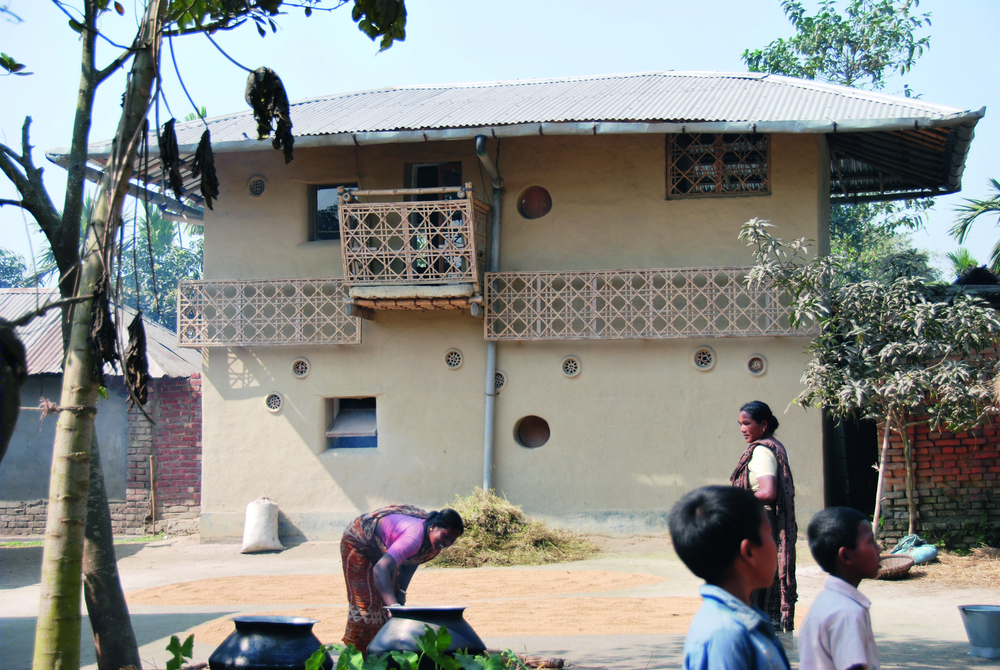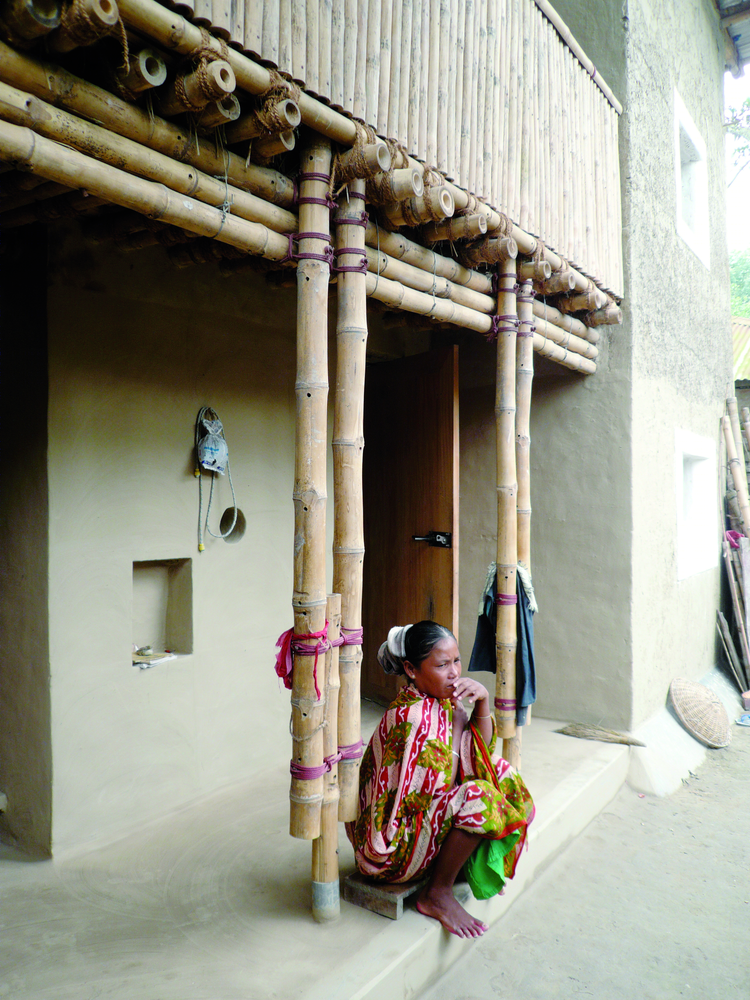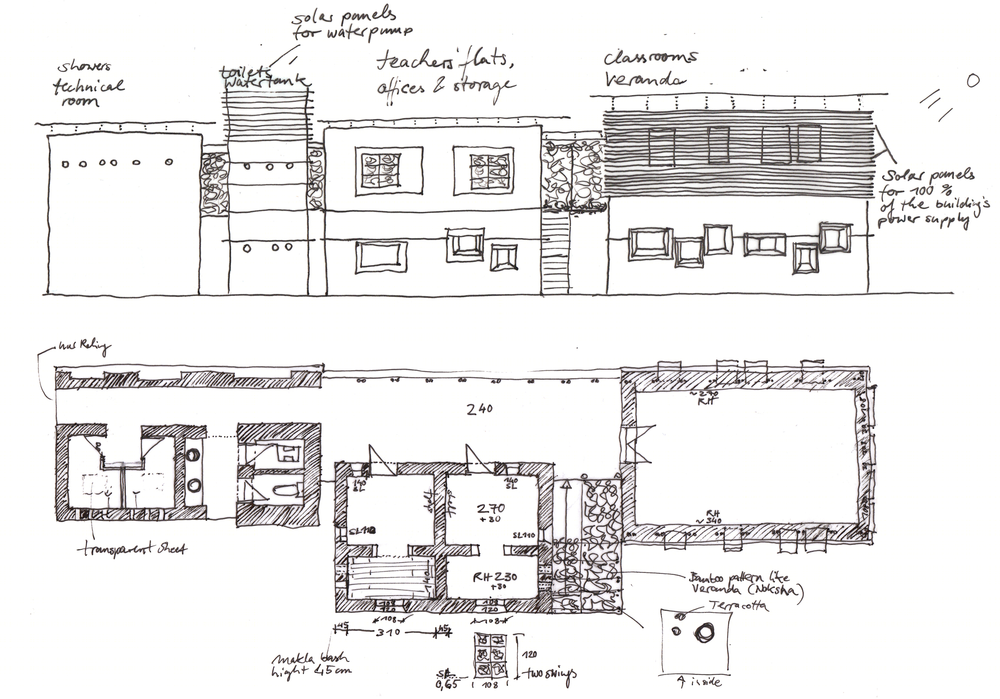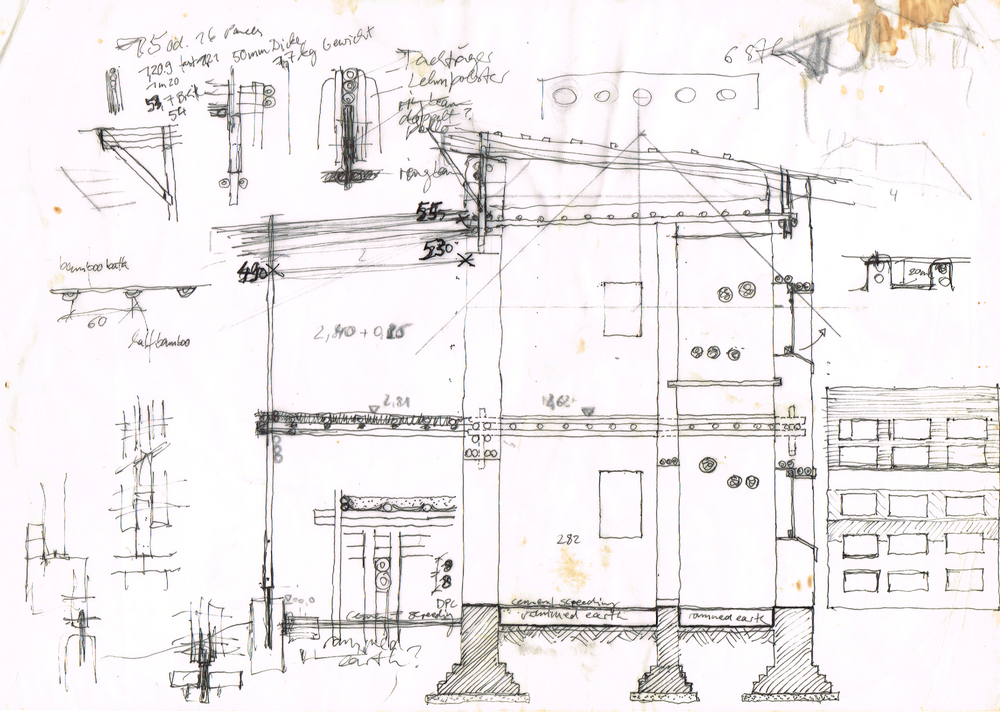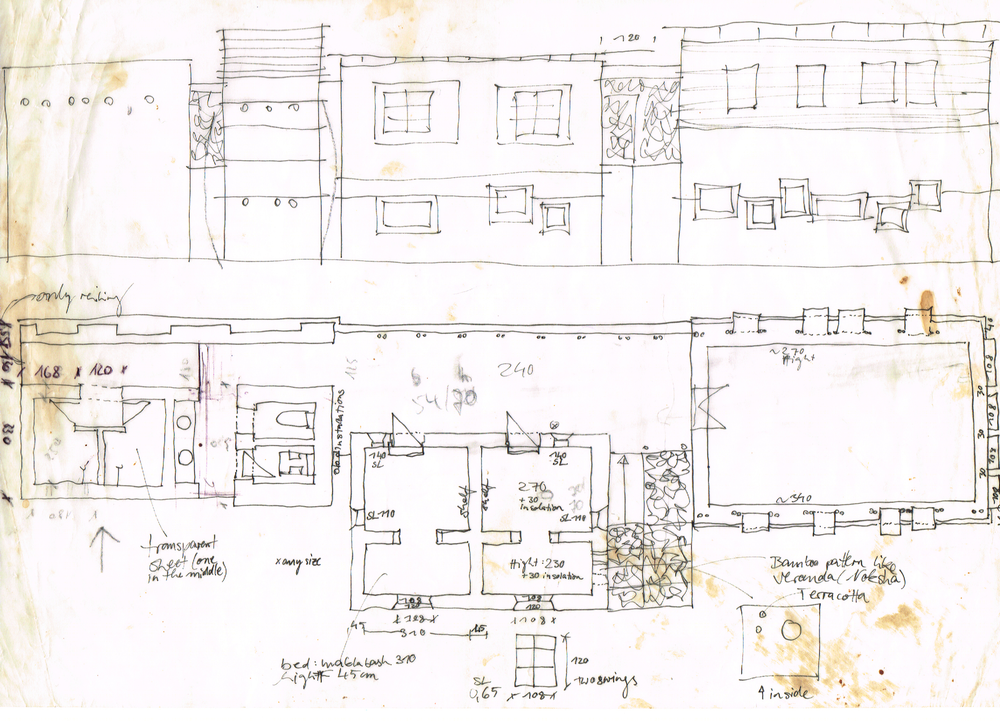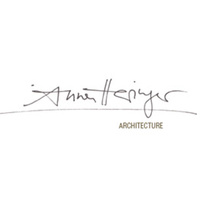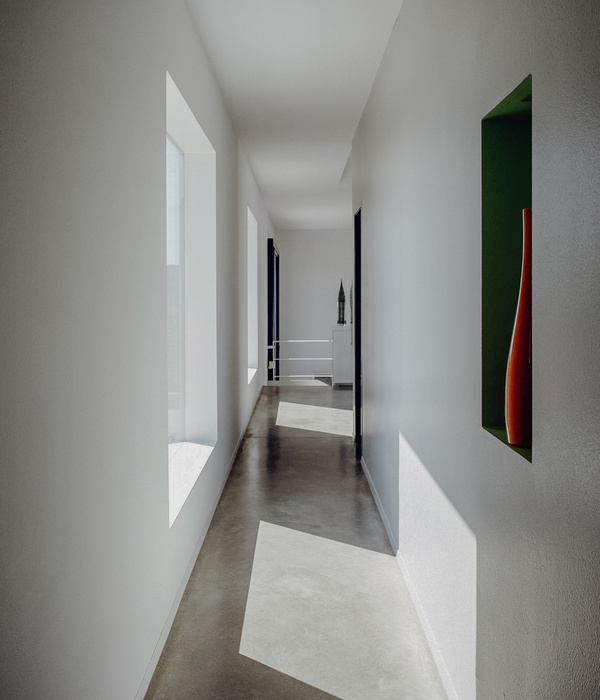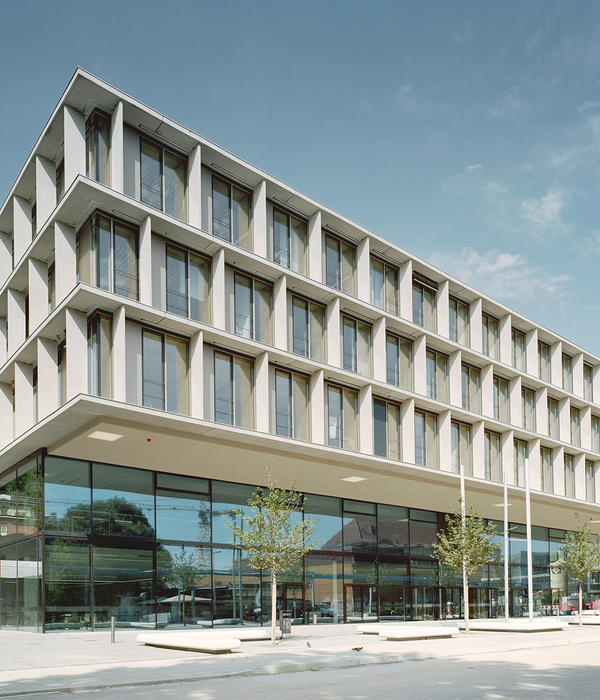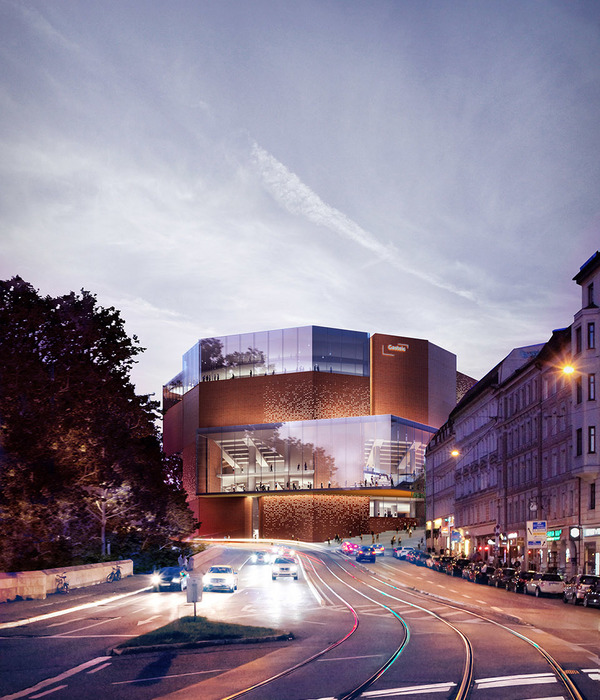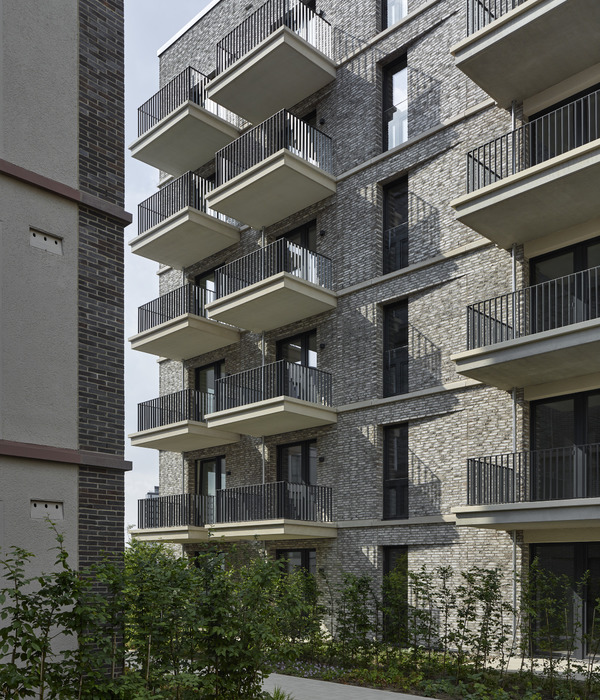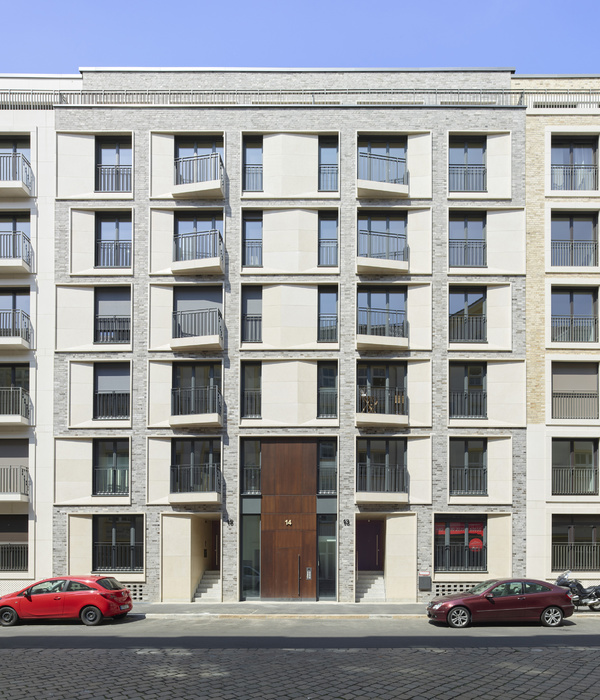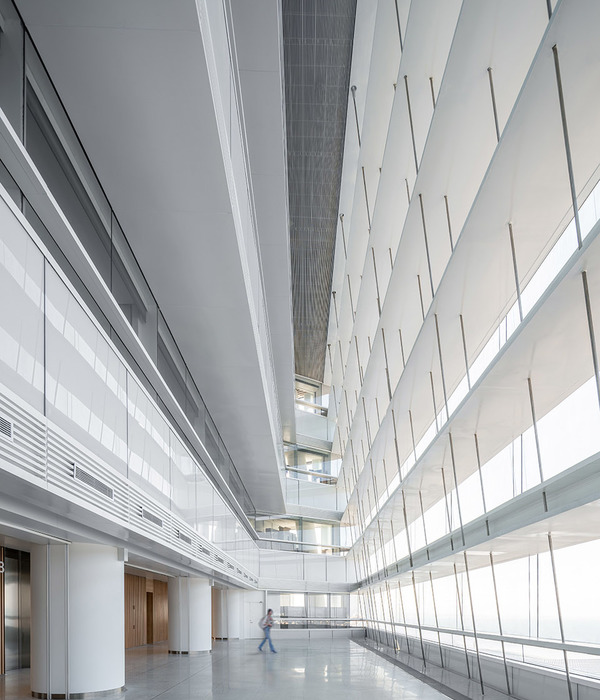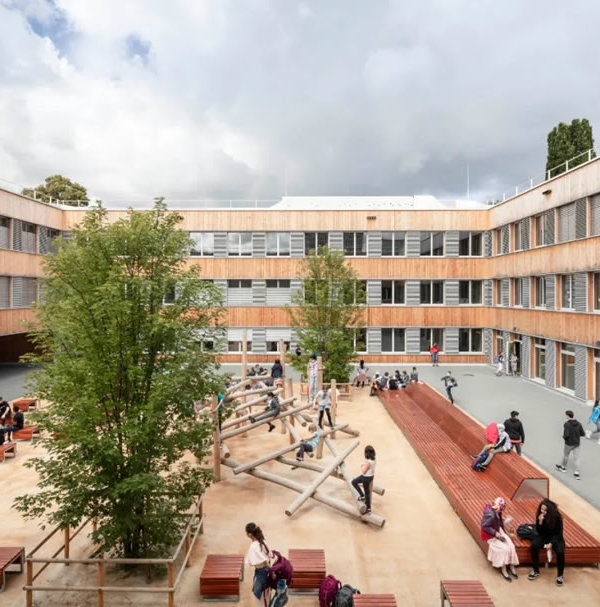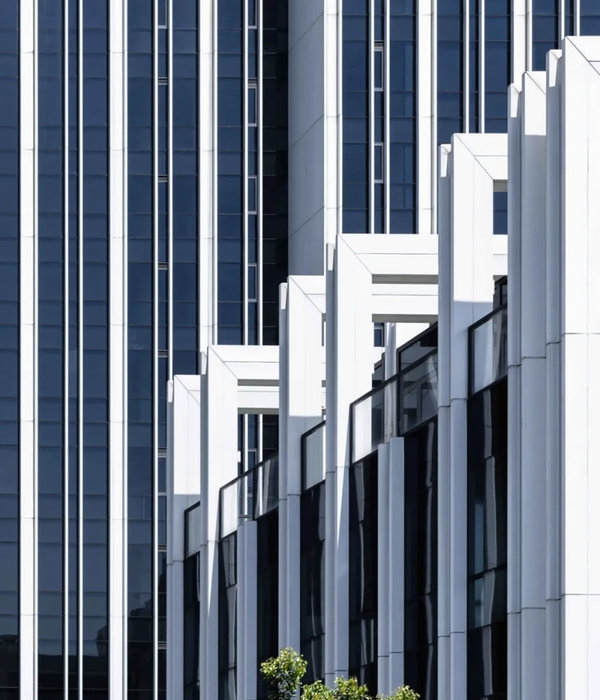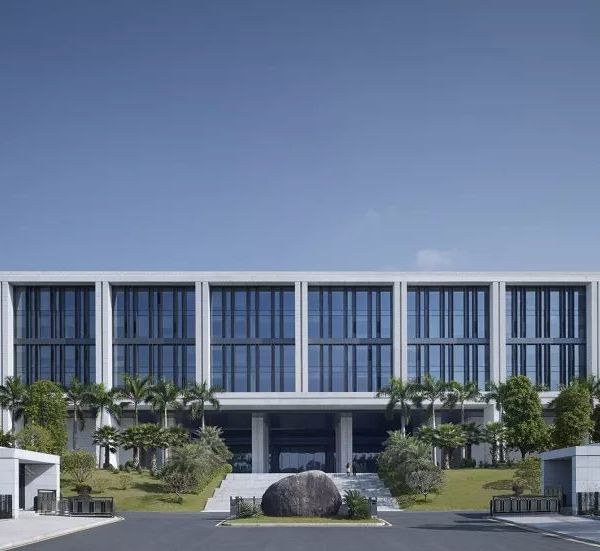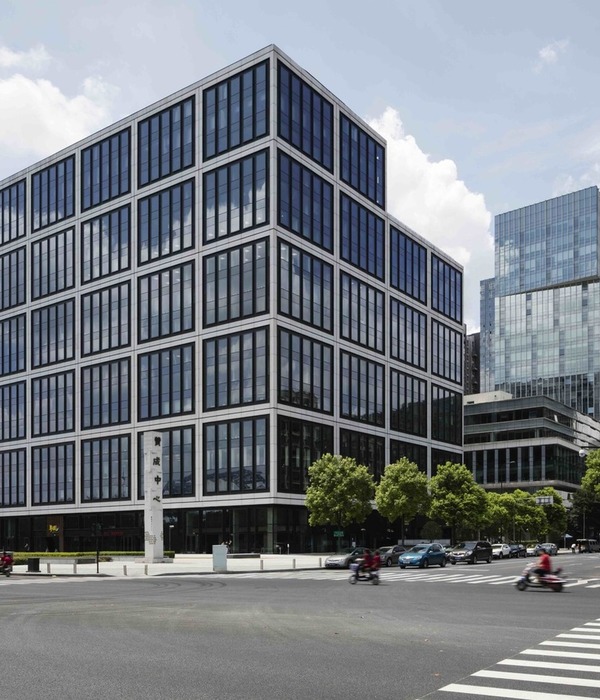本土化现代建筑 | 孟加拉乡村三户模型屋
These three family houses are the results of a hands-on workshop for students and young architects conducted in a remote rural area of Bangladesh. Eight students of the BRAC University in Dhaka (Bangladesh) as well as five Students from the University of Art in Linz/ projectstudio BASEhabitat (Austria) came to a small and remote village in the North of Bangladsh, Rudrapur, to continue what has started with the Handmade METI-School: to work together with the local people on a model for a sustainable, modern architecture in a dynamic process.
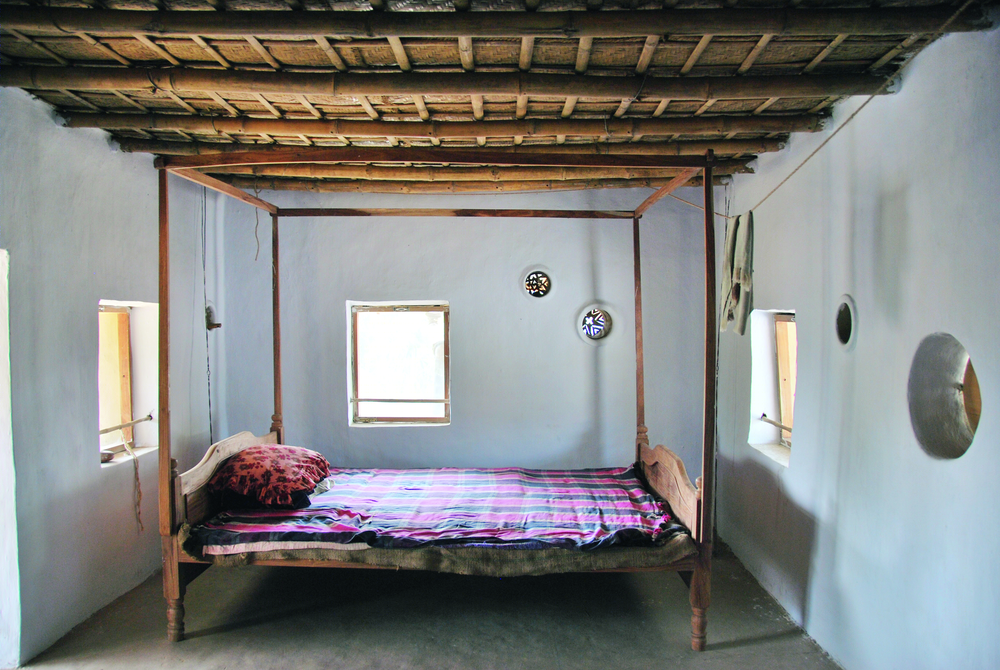
The goal of the HOMEmade project is to improve the living conditions of the local population and to strengthen national identity while maintaining the current high level of sustainability with regard to home construction. This is accomplished by building three model houses for low-income village families designed by young local architects and built by local craftsmen who have been trained in the modern mud and bamboo building techniques. It is the expectation that the young architects will be able to carry their knowledge and skills to other regions of Bangladesh and the trained labor will be able to use their skills to build other modern mud homes in the region.
Because the budget and available materials were limited, the planners were forced to concentrate on the basic needs of the clients (the villagers) and create intelligent designs that made the most of the existing resources, in some ways pushing them to new levels - both literally with two story mud buildings and figuratively with new design concepts that are accessible to the rural population.
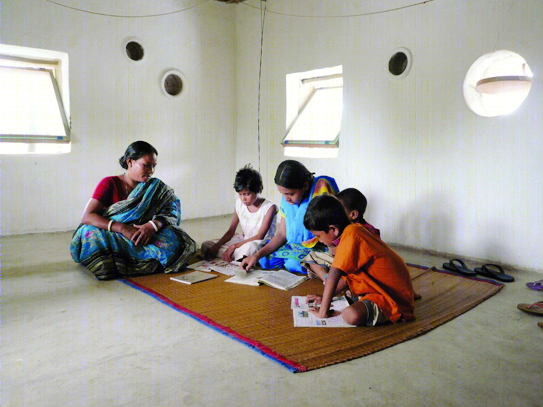
The resulting architecture reflects a pureness of form and material. In this way the mud buildings of Bangladesh might be a good metaphor for architecture as a whole, where the qualities of a great architect are not flash and fancy materials, but humility, sensitivity, and courage. Perhaps instead of focusing on creating “star architecture” and loud structures, we should endeavor to create buildings that harmonize with the environment and serve the needs of the people. The HOMEmade project is sustainable for two main reasons: first, it is built with readily available, local, renewable resources – mud and bamboo.
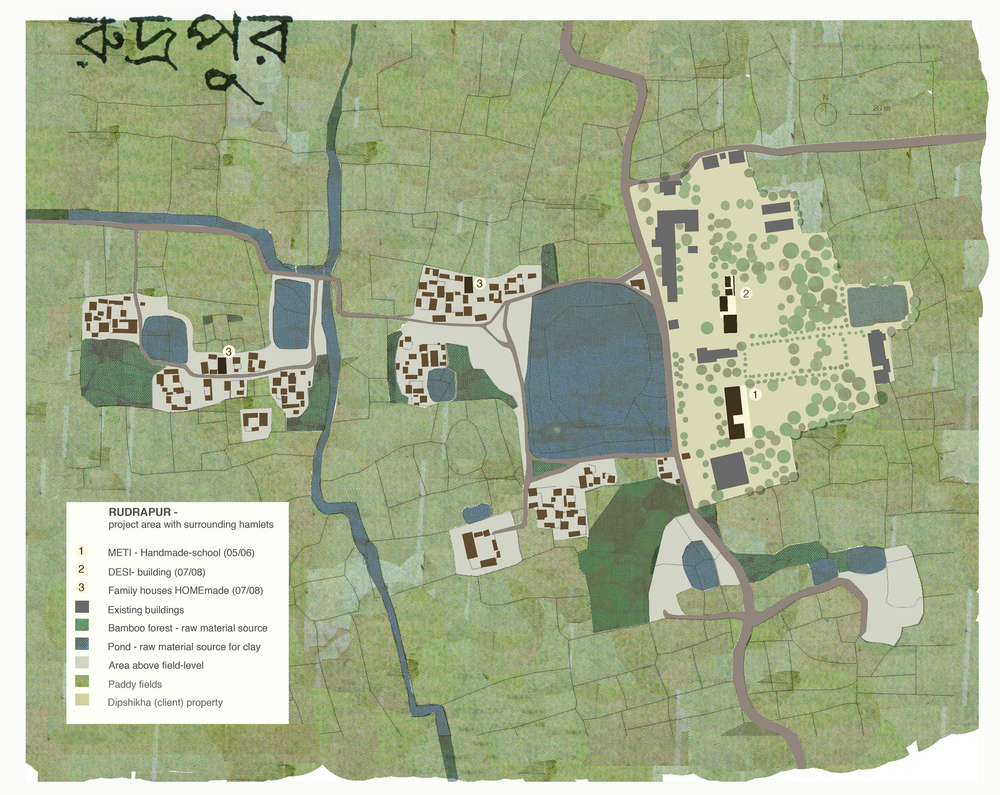
Second, it saves land for agriculture by building two-story buildings instead of single-story structures. Approximately 75% of the 147 million Bangladeshis live in villages – mainly in loam or bamboo houses. Although these traditional building materials are highly sustainable, villagers have an increasing desire to build homes out of bricks, concrete, and corrugated iron sheet (CI sheet). This trend could have a serious impact on the environment; fabrication of these materials requires a lot of energy and produces noxious emissions. Bangladesh is one of the most densely populated countries in the world; approximately 1,045 people per square kilometer. Each year more and more agricultural land is lost to residential development. If Bangladeshis in the rural areas (about 110 million people) started living in two story structures, more land would be available for farming.
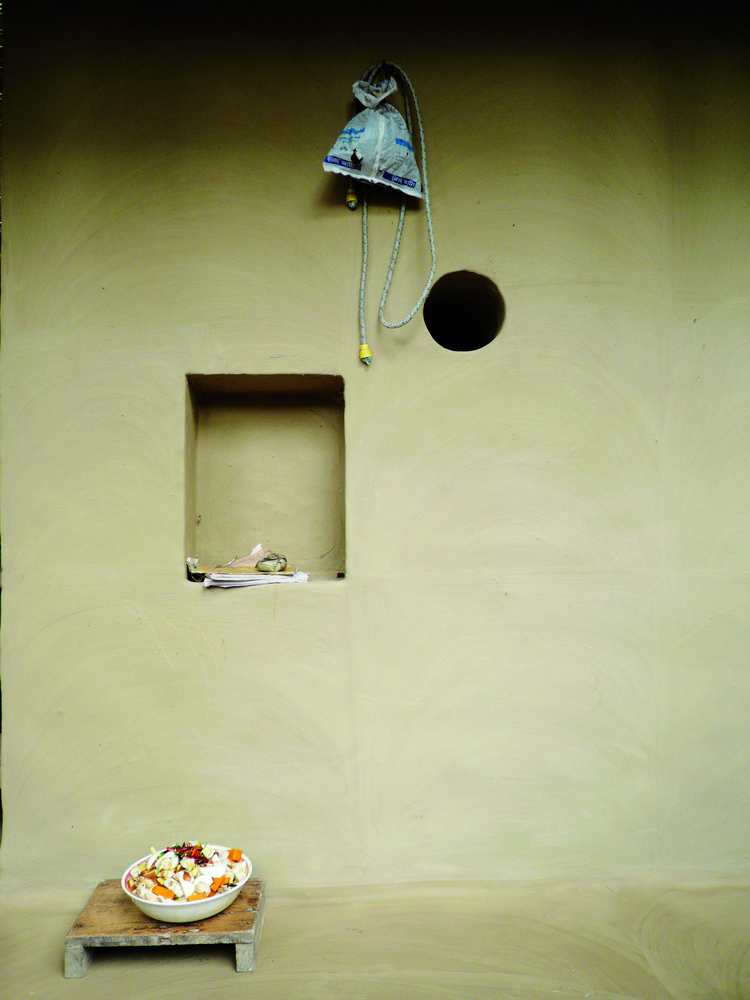
This would help reduce some of the food shortage problems that the country is currently facing. What I hope is that we’ll be able to set a trend in a fresh and regional architectural style that motivates people to bring their traditional construction methods - without the touch of being rustic - into a contemporary modern architecture. I believe that architecture - if we use it wisely - has the potentials to contribute in a significant scale to the development of Bangladesh’s ecological balance as well as it‘s economic independence and I hope we can facilitate a process of self-discovery and identification in architecture and culture.
All three family houses conform to both the traditional and contemporary lifestyles of rural low-income families, but have incorporated design and construction features that improve comfort, safety, durability, and privacy. As in traditional vernacular Bangladeshi architecture, the kitchen and bathroom are still housed in separate structures. The new buildings have two stories, however, which double the family living area while maintaining the same building footprint. The land saved by adding the second story can be used as a small house garden. The second story provides a new experience of view and privacy while still being connected to the rest of the household.
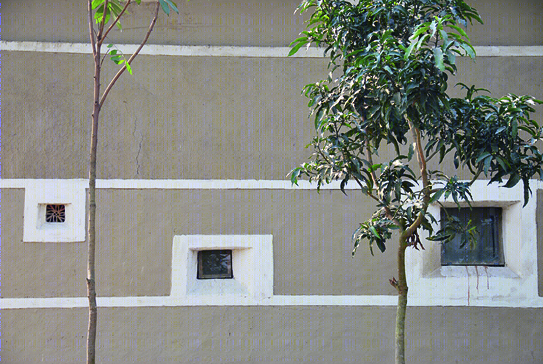
Roof thermal masses, coconut fiber insulation, glass windows, and openings designed for cross ventilation assure that the indoor temperature is comfortable year round. Most of the existing Bangladeshi mud houses are too cold in the winter because cold air comes in through the openings and hot air escapes through the roof. They are also too hot in the summer because the uninsulated CI sheet roofs quickly heat up the interior and poor ventilation does not allow the hot air to escape. The new building technologies also significantly increase the durability and lifespan of the mud homes. Local materials were used even more radical than the METI school in order to reduce costs: rammed earth foundations with a thin layer of Ferro-cement and a damp proof course prevent pests from burrowing into the buildings and moisture from seeping up from the ground into the walls. Small pieces of bamboo strategically placed on the exterior walls act as speed breakers to prevent rain erosion.
And straw mixed in with the mud increases wall cohesion and strength. Instead of nylon ropes like in the METI-school, ropes made of coconut fibre were used and bamboo dowels instead of steel wherever it was possible. The research and planning has been carried out in the same pace as the buildings were growing - a continuous dynamic and flexible process. Architectural drawings and plannings in classical style didn’t exist. Details were developed on site, clay and sketchbook were the media of communication.
